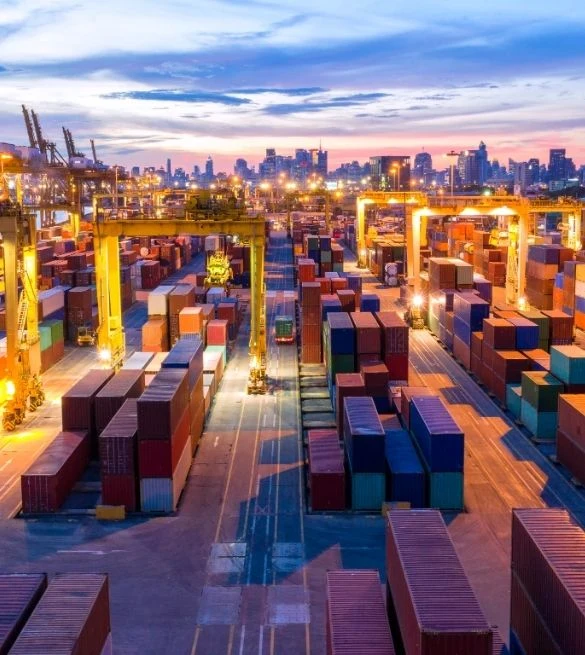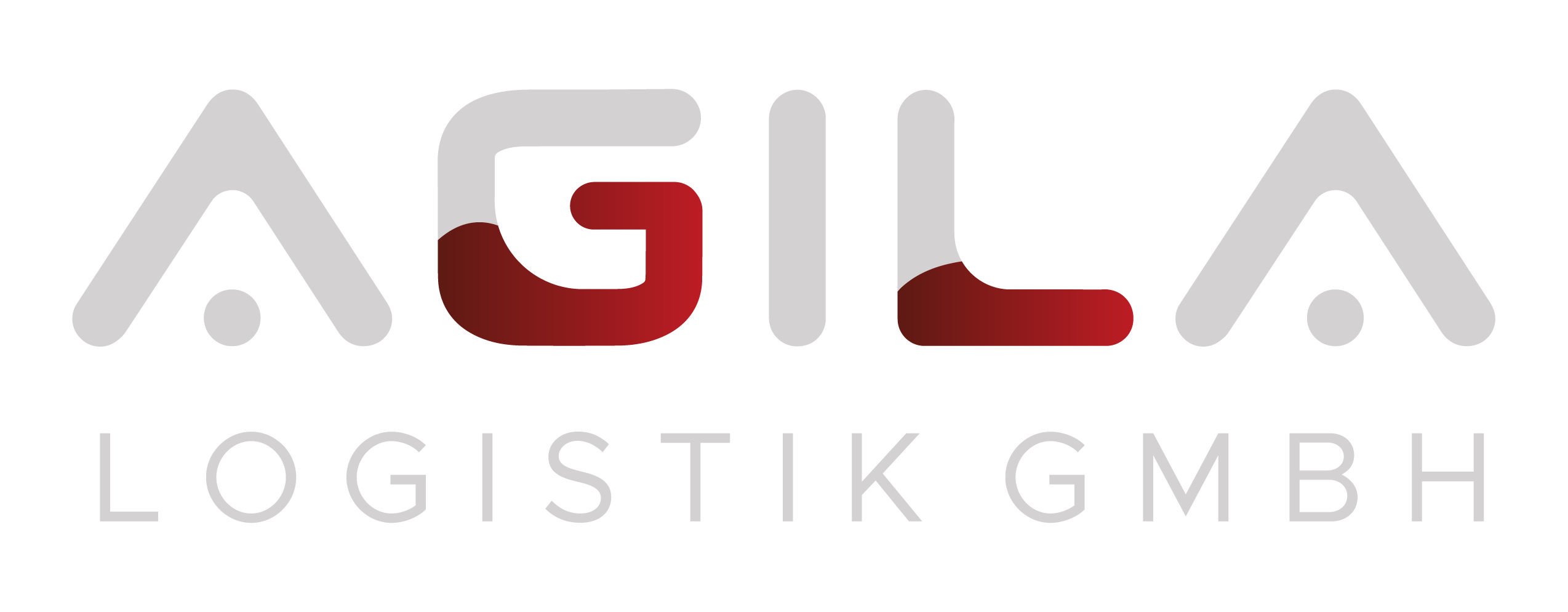Delivery Methods
The forms of delivery, initially established by the International Chamber of Commerce (ICC) in 1936, are periodically updated and adapted to contemporary conditions, regulated to ensure the best benefits for the parties involved. The latest version, Incoterms 2020, has been available since January 1, 2020. While Incoterms 2020 and its previous versions provide rules to be followed, these rules are not laws, and there is no obligation to comply with them.
Parties can independently determine trade terms or make changes to existing rules and conduct business within the framework of their agreements. The purpose of the ICC in establishing these delivery terms is to provide a standard basis for banking transactions, contracts, etc. By selecting a suitable standard delivery term in their contracts and banking procedures such as letters of credit, the two trading parties can protect their rights within the framework of these rules and easily resolve disputes that may arise in the future.
Classification
Incoterms are categorized into four main categories: E, F, C, and D.
Category E (departure) contains only one trade term:
- EXW
Category F (Common Carrier Unpaid) contains three commercial terms:
- FCA
- FAS
- FOB Category C (Free On Board Transportation) contains four trade terms:
- CPT
- CIP
- CFR
- CIF
Category D (Arrival) contains three trade terms:
- DAP
- DPU
- DDP
The abovementioned four categories can also be classified according to the means of transport:
- Incoterms for any mode of transport: EXW, FCA, CPT, CIP, DPU, DAP, and DDP.
- Incoterms for sea and inland waterway transport only: FAS, FOB, CFR, and CIF.


EXW – Ex Works (named place of delivery)
Typically used when making an initial offer for the sale of goods without any costs included, EXW means that the seller makes the goods available at its own facility or at another specified location (workplace, factory, warehouse, etc.). The seller is not required to load the goods onto any collection vehicle or clear the goods for export.
FCA – Free Carrier (named place of delivery)
FCA can have two different meanings, each with different levels of risk and cost for the buyer and seller. FCA (a) is used when the seller delivers goods declared for export at a specified location that belongs to him. FCA (b) is used when the seller delivers goods declared for export at a specified location that is not his own. In both cases, the goods may be delivered to a carrier designated by the buyer or to another party designated by the buyer.
CPT – Carriage Paid To (named place of delivery)
Under CPT, the seller pays for the transport of the goods to the specified destination.
CIP – Carriage and Insurance Paid to (to the specified delivery address)
Similar to CPT with the exception that the seller must obtain minimum insurance for the goods while in transit.
DAP – Delivered at Place
The seller shall be deemed to have delivered the goods when the goods are presented for the buyer’s disposal in the arriving means of transport and are ready for unloading at the specified destination. The seller is responsible for managing all risks associated with the delivery of the goods under the terms of the DAP.
DPU – Delivered at Place Unloaded
This Incoterm requires the seller to deliver the goods unloaded to the specified place. The seller bears all transport costs (export charges, handling, unloading of the goods from the main carrier at the port of destination, and port of destination charges) and assumes all risk until arrival at the destination.
DDP – Delivered Duty Paid (named place of delivery)
The seller is responsible for delivering the goods to the address specified in the buyer’s country and pays all costs associated with bringing the goods to the destination, including customs duties and taxes. The seller is not responsible for unloading the goods.
Rules for sea and inland waterway
The seller shall be deemed to have delivered the goods when he places them alongside the designated vessel (for example, on a pier or barge) at the port of shipment specified by the buyer. The risk of loss or damage to the goods passes to the buyer when the goods are placed alongside the ship, and the buyer assumes responsibility for all costs from that moment on.
The seller delivers the goods to the vessel designated by the buyer at the specified port of shipment or is deemed to have supplied goods already delivered. The risk of loss or damage to the goods passes to the buyer when the goods are loaded on board the vessel, and the buyer assumes responsibility for all costs from that moment on.
The seller delivers the goods to the ship. The risk of loss or damage to the goods passes to the buyer when the goods are loaded on board. The seller has to contract to bring the goods to the specified port of destination and pay transport costs and other expenses that are necessary.
Same as CFR with the addition that the seller must obtain minimum insurance coverage against the buyer's risk of loss or damage to the goods in transit.

